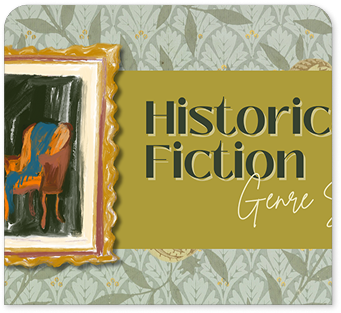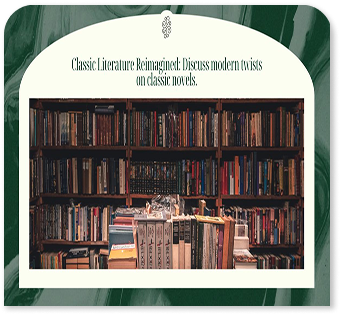-
Mon-Fri: 10AM to 8PM 01722665665
-
My Account
-
-
0
Total :
₹ 0.00

Yes, it follows the PU syllabus unit-wise, covering all prescribed texts and critical essays.
Yes, it provides detailed summaries, critical analyses, and contextual explanations for each text mentioned in the syllabus.
Yes, the book simplifies dense concepts (e.g., Longinus’ Sublime, Coleridge’s Imagination) for better student comprehension.
Yes, each unit provides historical background, key characteristics, and influences of movements like Classicism, Renaissance, etc.
Focus on unit-wise critical notes, summaries, and highlighted key points. Practice writing answers using the structured explanations.
The guide covers five main units: Literary Movements, Classicism, Renaissance, Neo-classicism, and Romanticism, along with critical essays and summaries from prominent scholars.
Yes, the book features important summaries and key points highlighted throughout for efficient exam preparation and quick revision.
Yes, the guide includes structured answers and important questions for each unit, helping students prepare effectively for exams.
Yes, the guide includes a glossary of literary terms, helping students familiarize themselves with essential vocabulary related to literary movements and criticism.
Students should read the critical essays alongside the primary texts to draw connections and understand the broader literary contexts, enriching their overall learning experience.
No Description Added
Yes, it follows the PU syllabus unit-wise, covering all prescribed texts and critical essays.
Yes, it provides detailed summaries, critical analyses, and contextual explanations for each text mentioned in the syllabus.
Yes, the book simplifies dense concepts (e.g., Longinus’ Sublime, Coleridge’s Imagination) for better student comprehension.
Yes, each unit provides historical background, key characteristics, and influences of movements like Classicism, Renaissance, etc.
Focus on unit-wise critical notes, summaries, and highlighted key points. Practice writing answers using the structured explanations.
The guide covers five main units: Literary Movements, Classicism, Renaissance, Neo-classicism, and Romanticism, along with critical essays and summaries from prominent scholars.
Yes, the book features important summaries and key points highlighted throughout for efficient exam preparation and quick revision.
Yes, the guide includes structured answers and important questions for each unit, helping students prepare effectively for exams.
Yes, the guide includes a glossary of literary terms, helping students familiarize themselves with essential vocabulary related to literary movements and criticism.
Students should read the critical essays alongside the primary texts to draw connections and understand the broader literary contexts, enriching their overall learning experience.


